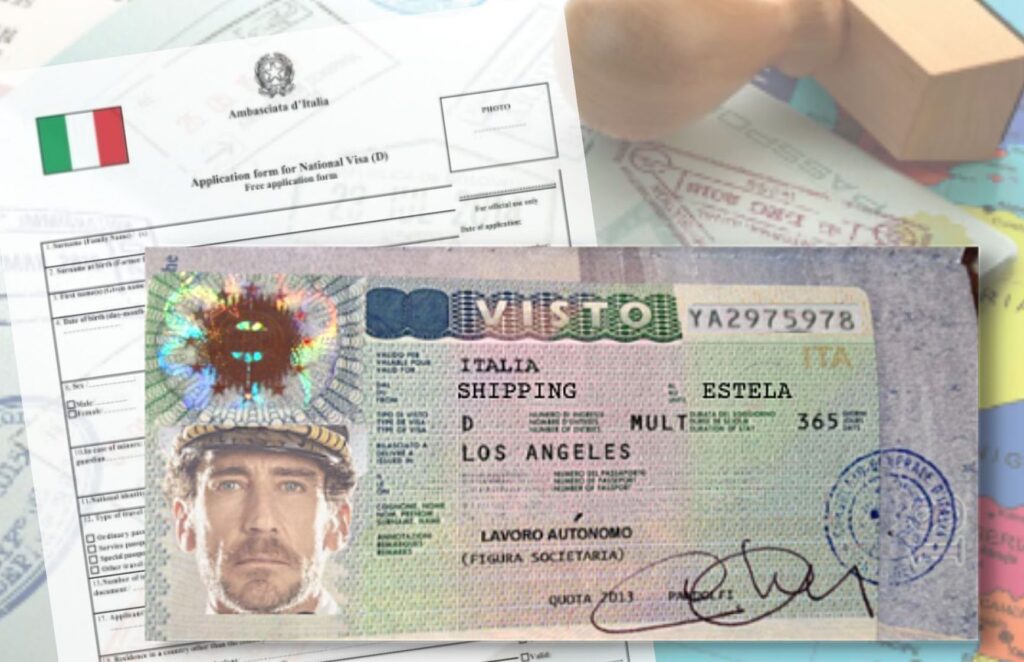
| Crew movements in and out of Italy have been a pain point during the past year, with immigration officials declining to stamp passports of non-EU crew boarding yachts in its ports. The new rule — to no longer recognise vessels as ex-EU territory unless departing from the Area — meant that the 90-day period permitted under the Schengen ‘C’ short term visa continued to count down while in Italian waters. To great fanfare, it was announced recently that Italy would from 2023 offer its 365-day ‘D’ visa to seafarers, to get around the problem of overstaying. There had been some speculation among local agents that a new stamping protocol would also be (re-)introduced, while seafarer visa issues were being addressed. However, unfortunately this appears not to be the case. The ‘D’ visa entitles the holder to stay for up to 365 days in Italy only, which is useful for those non-EU crew stationed in the country for extended periods. It does nothing to address the issue of Schengen-wide travel rules. One benefit the D visa does offer is that it incorporates the ‘C’ visa, meaning that ‘D’ holders do not need to obtain a separate ‘C’ visa for travel around Schengen. Their validity runs down concurrently, however, so the ‘D’ visa offers no extra permitted days outside of Italy. In other words, it does nothing to resolve the non-stamping issue. Arriving into Italy by air or sea from outside the EU means passports will be stamped ‘in’, with no means of stamping ‘out’. The process of physical stamping in the EU is set to be eradicated altogether in the spring of 2023, with the introduction of the EU’s Entry/Exit (EES) system. Later in the year the ETIAS (the EU equivalent of the USA’s ESTA waiver) pre-screening system will come into force. Neither are set to have any significant impact on non-EU crew working and travelling in the Area, but we will cover these in a later post. In the meantime, Spain has announced no visa changes so far and crew can continue to stamp on here in the usual way for the foreseeable future. |